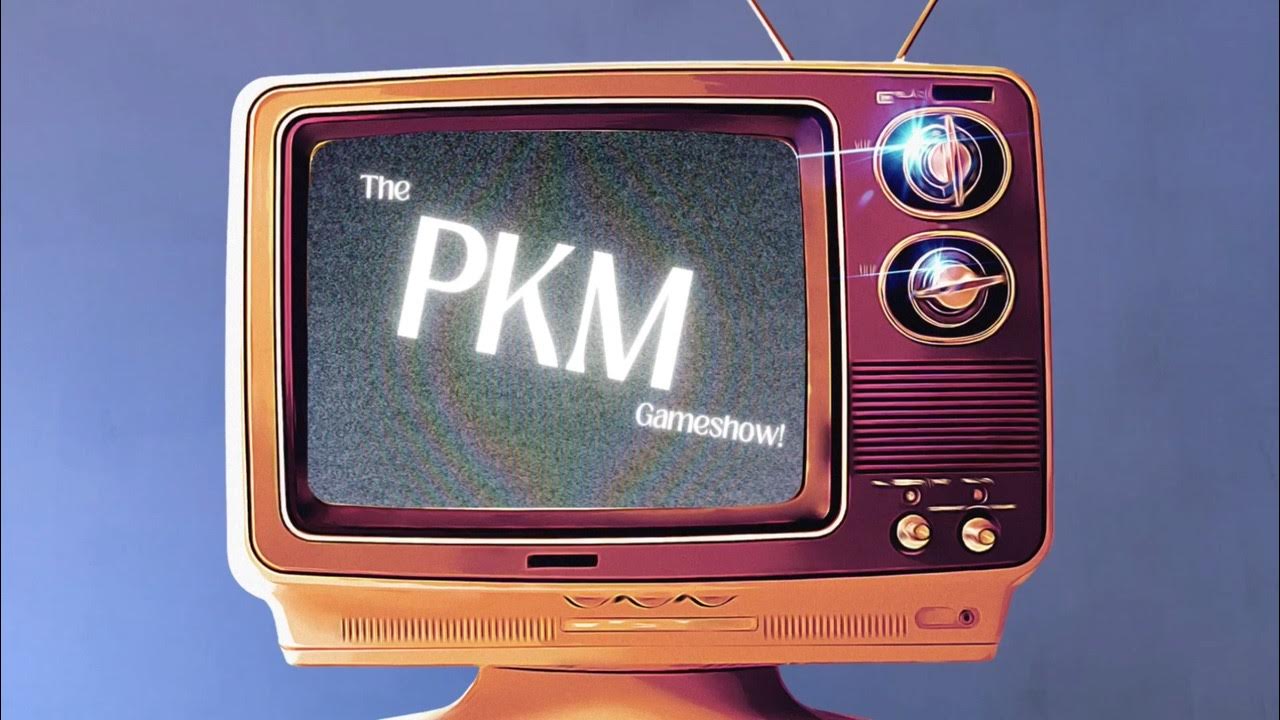Knowledge Management - Explained in 10 Minutes
Summary
TLDRThis video script delves into the exponential growth of human knowledge and the importance of knowledge management in organizing it. It outlines three types of knowledge: explicit, implicit, and tacit, and explains how they are acquired and utilized in organizations. The script further discusses the four key processes of knowledge management: acquisition, storage, distribution, and application, emphasizing the role of a collaborative culture and technology in facilitating knowledge sharing and preventing knowledge loss. It highlights the significant financial implications of ineffective knowledge distribution and concludes with a recommendation for Document 360, a leading knowledge-based platform.
Takeaways
- 📚 The pace of human knowledge doubling has accelerated dramatically from every century in 1900 to every 12 hours by 2020.
- 🧠 There are three types of knowledge: explicit, implicit, and tacit, each acquired through different means and contributing to an individual's expertise.
- 🏫 Formal education is a primary source of explicit knowledge, imparted through teaching in educational institutions.
- 🛠 Once in the workforce, individuals apply their explicit knowledge, transforming it into implicit knowledge through practical application within an organization.
- 🤝 Tacit knowledge is acquired through experience and is often intuitive, requiring guidance from experienced individuals to be understood.
- 🏢 Key employees are vital assets to an organization due to their tacit knowledge, which is crucial for knowledge retention and avoiding knowledge loss.
- 🔄 Knowledge management involves four major processes: acquisition, storage, distribution, and application, all aimed at creating new knowledge.
- 🌐 Sociocultural factors and technology are two major influences on the effectiveness of knowledge management processes.
- 🔍 Knowledge acquisition involves identifying necessary knowledge and its sources, which can be both external and internal to the organization.
- 🗂️ Storage and organization of knowledge involve preserving it in shareable formats within databases or knowledge management platforms.
- 🔁 Knowledge distribution is critical and requires a culture of sharing to ensure that knowledge gaps are bridged and information flows effectively within the organization.
- 💡 The cultivation of a knowledge-sharing culture can significantly improve organizational productivity by encouraging the exchange of knowledge, skills, and experience.
- 💼 Failure to distribute knowledge effectively can lead to substantial financial losses for organizations, emphasizing the importance of a collaborative environment.
Q & A
What was the estimated rate of human knowledge doubling in 1900?
-In 1900, human knowledge was estimated to double approximately every century.
How frequent was the doubling of human knowledge by 1945?
-By 1945, it was said that human knowledge was doubling every 25 years.
What significant change occurred in the rate of knowledge doubling by 1982?
-By 1982, the rate of human knowledge doubling had accelerated to every 12 to 13 months.
What is the current rate of human knowledge doubling as of 2020?
-As of 2020, human knowledge is doubling every 12 hours.
What is the main challenge with the rapid increase of knowledge over the years?
-The main challenge is organizing this vast pool of knowledge to make it easily accessible.
What are the three types of knowledge mentioned in the script?
-The three types of knowledge are explicit, implicit, and tacit knowledge.
How is explicit knowledge typically acquired?
-Explicit knowledge is acquired through formal education from educational institutions where it is passed to individuals through teaching.
What is the role of tacit knowledge in an organization?
-Tacit knowledge is acquired through experience and is understood by working alongside someone more experienced in a field. It is not easily transferred and is a key asset to any organization.
What are the four major processes of knowledge management?
-The four major processes of knowledge management are acquisition, storage, distribution, and application.
What are the two major factors that influence the knowledge management processes?
-The two major factors influencing the knowledge management processes are sociocultural factors and technology.
Why is it important to cultivate a knowledge-sharing culture within an organization?
-A knowledge-sharing culture improves productivity by encouraging the flow of knowledge, skills, and experience from those who have it to those who need it, leading to higher organizational productivity.
What is the estimated cost of failing to distribute knowledge effectively in organizations?
-The failure to distribute knowledge effectively can cost organizations about 31.5 billion dollars a year.
How does the script suggest knowledge can be captured, stored, distributed, and applied within an organization?
-The script suggests that by developing the right culture and having the right technology in place, knowledge can be captured through interviews or debrief sessions, stored in databases or platforms, distributed through channels that encourage sharing, and applied to improve overall productivity.
What is the role of Document 360 in the context of the script?
-Document 360 is one of the leading knowledge-based platforms that provided valuable information for the script and has been recognized for its collaborative spirit and support in creating the video content.
Outlines

This section is available to paid users only. Please upgrade to access this part.
Upgrade NowMindmap

This section is available to paid users only. Please upgrade to access this part.
Upgrade NowKeywords

This section is available to paid users only. Please upgrade to access this part.
Upgrade NowHighlights

This section is available to paid users only. Please upgrade to access this part.
Upgrade NowTranscripts

This section is available to paid users only. Please upgrade to access this part.
Upgrade NowBrowse More Related Video

BUS-203 Module 11: Managing Knowledge

KnOWLEDGE BUILDING AND DEEP LEARNING (session 17-18) culture change in business

Understanding Personal Knowledge Management (PKM): Essential Theory to Build Your Own System

JANGAN GAGAL PRODUKTIF! Ini Cara Ubah Tablet-Mu jadi Otak Kedua!

Daily Notes First and Logredis system do a Fusion-Ha.

ONLINE CLASS EPISODE 28: MANAJEMEN SDM BERBASIS KOMPETENSI
5.0 / 5 (0 votes)